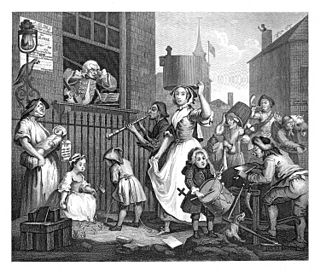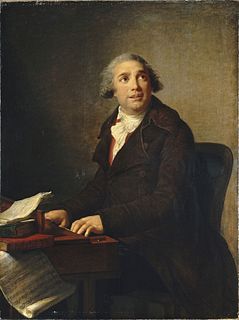 W
WIn music history, the Neapolitan School is a group, associated with opera, of 17th and 18th-century composers who studied or worked in Naples, Italy, the best known of whom is Alessandro Scarlatti, with whom "modern opera begins".It is with the Neapolitan school...that the History of Modern Music commences—insofar as that music speaks the language of the feelings, emotions, and passions.
 W
WPietro Castrucci was an Italian violinist and composer.
 W
WBartolomeo Cristofori di Francesco was an Italian maker of musical instruments famous for inventing the piano.
 W
WLorenzo Da Ponte was an Italian, later American opera librettist, poet and Roman Catholic priest. He wrote the libretti for 28 operas by 11 composers, including three of Mozart's most celebrated operas, The Marriage of Figaro (1786), Don Giovanni (1787), and Così fan tutte (1790).
 W
WGiuseppe Gazzaniga was a member of the Neapolitan school of opera composers. He composed fifty-one operas and is considered to be one of the last Italian opera buffa composers.
 W
WAntonia Margherita Merighi was an Italian contralto active between 1703 and 1744 and known for her performances in operas by George Frideric Handel.
 W
WGiovanni Paisiello was an Italian composer of the Classical era, and was the most popular opera composer of the late 1700s. His operatic style influenced Mozart and Rossini and whose music was championed by Haydn and Beethoven.
 W
WA Partimento is a sketch, written out on a single staff, whose main purpose is to be a guide for the improvisation ("realization") of a composition at the keyboard. Partimento differs from simple basso continuo accompaniment in that the result is a complete, fully-realized composition. Partimenti were central to the training of European court musicians from the late 1600s until the early 1800s. They had their greatest influence first in Italian conservatories, especially at the music conservatories of Naples, and then later at the Paris Conservatory, which emulated the Neapolitan conservatories.